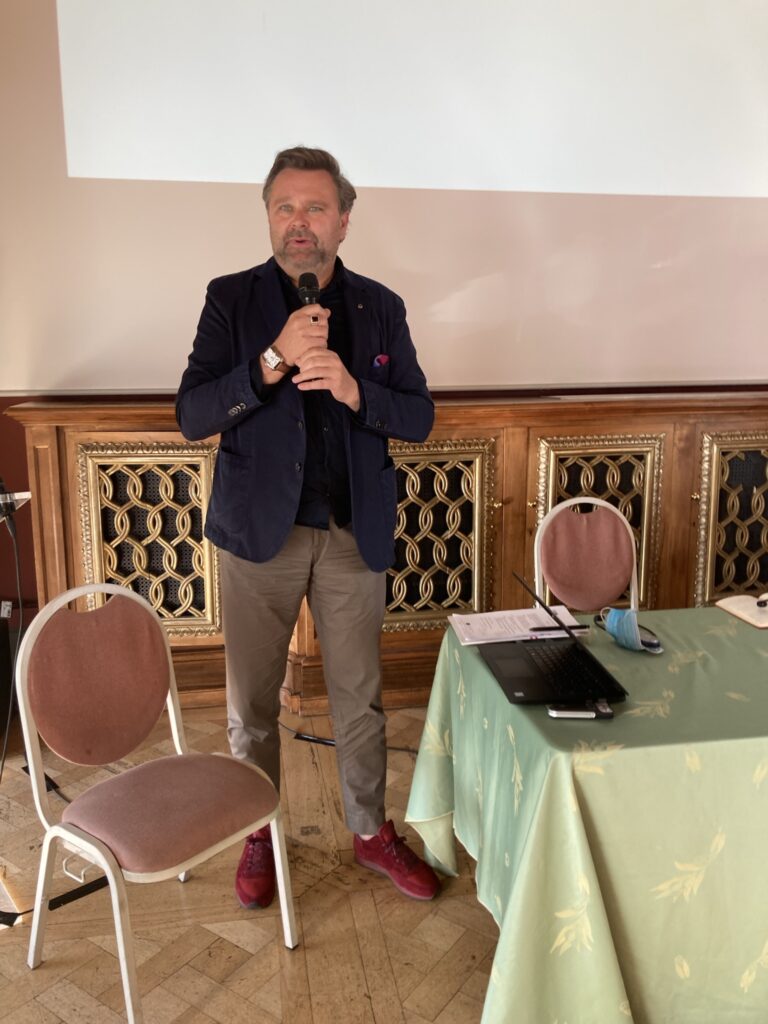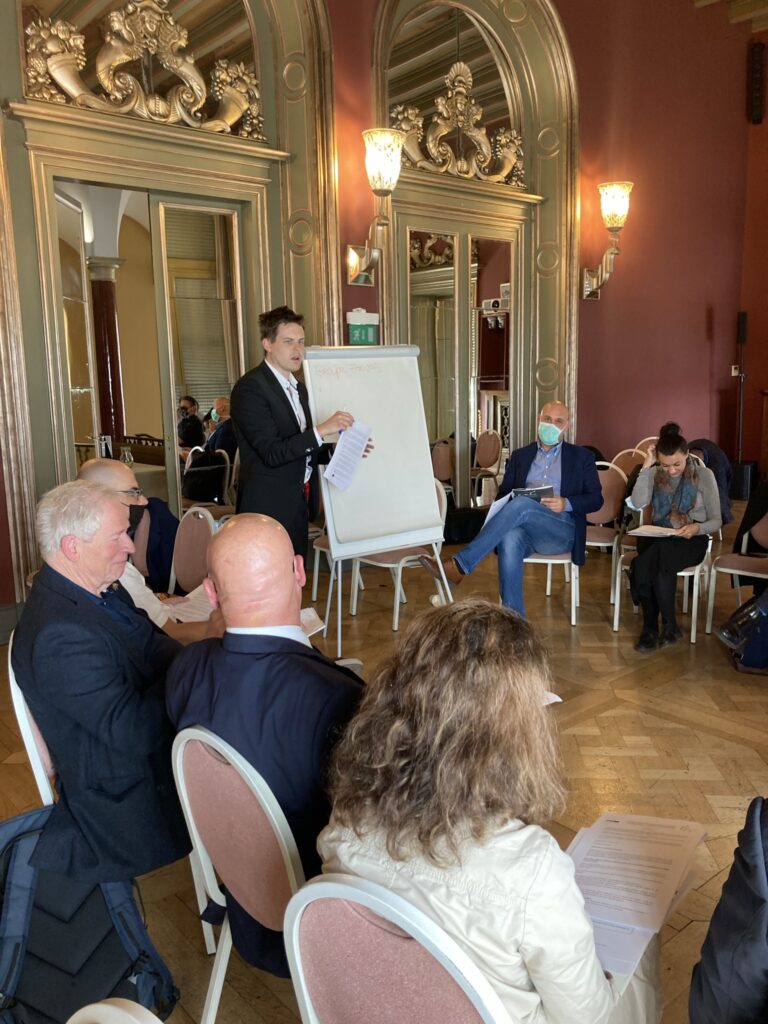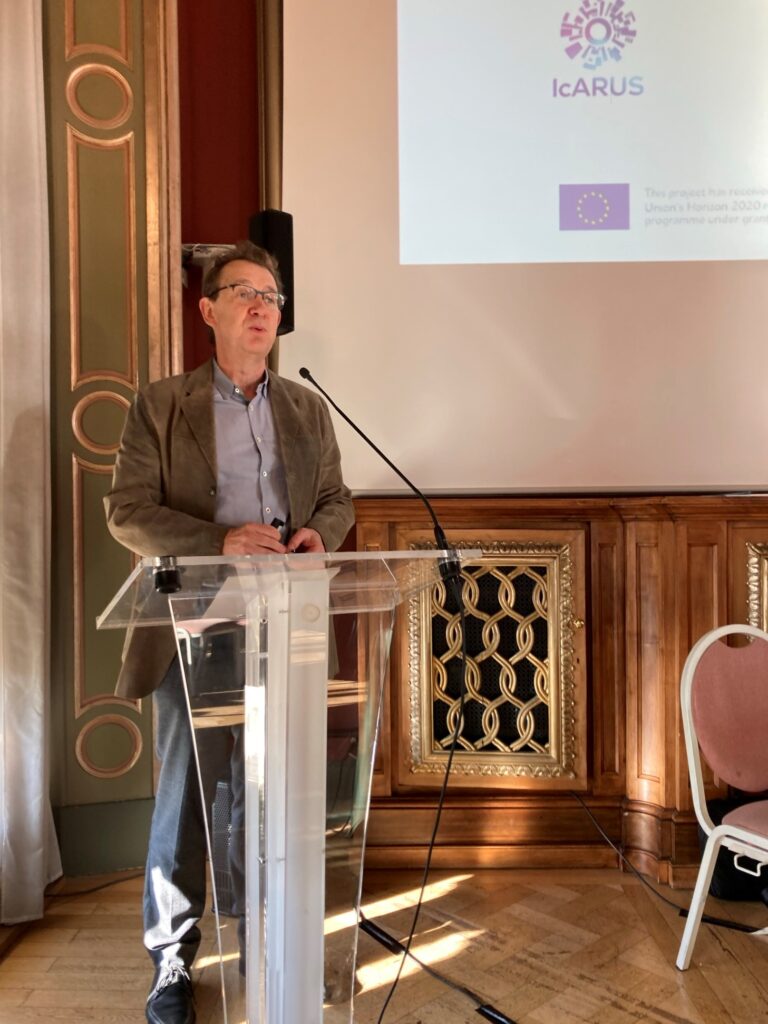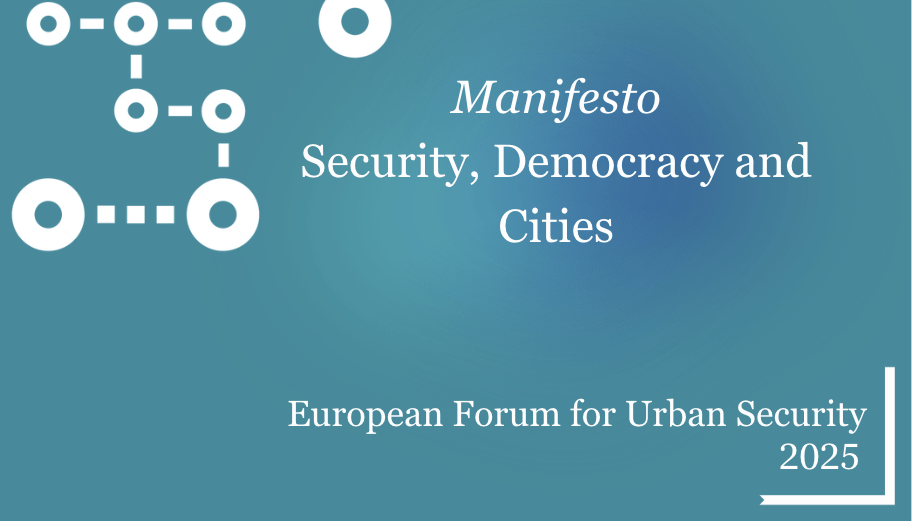Nice, France, October 2021– How can local authorities develop innovative approaches in the conception, planning and design of public spaces? That is the question that the PACTESUR partners tried to address during the project’s third yearly meeting on 19 October in Nice (France).
Innovation in the conception, planning and design of public spaces can contribute to mitigate their vulnerabilities while preserving their open and public nature. Based on a review conducted for the Efus-led IcArus project, Adam Crawford, Susan Donkin and Christine A. Weirich of the University of Leeds assessed a number of trends, tensions and fault lines that have characterised shifts over time in the design and regulation of safe public spaces across Europe and beyond. Rather than asking how ‘to build more secure and safer public spaces’, they concluded that local authorities should perhaps explore ways to ensure a minimum threshold of security that enables other civic values, social pursuits and public goods to flourish; where regulation is parsimonious and non-intrusive in ways that, wherever possible, foster self-regulation by citizens.
The role of smart technologies
The use of predictive policing, facial recognition, surveillance cameras or drones by public services in urban areas has significantly increased over the last years. These technological tools can carry out effective monitoring and surveillance functions in public spaces and they can be used to prevent potential physical attacks on critical infrastructure (power, water, life systems), airports, and open-air events such as concerts. However, their use raises concerns about the right to privacy and data protection. Additional risks are related to potential cybersecurity breaches and malicious uses.
Daniel Gatica-Pérez from the IDIAP Research Institute provided an overview on the opportunities and challenges of smart technologies to support local authorities in their task of safeguarding public spaces. Participants agreed that they represent valuable tools to enhance local security stakeholders’ capacity in crisis management but should not be seen as stand-alone solutions per se. Civic technology, that is the use of technology to facilitate citizen involvement, can be seen as a complementary approach to technology for managing urban security in public spaces.
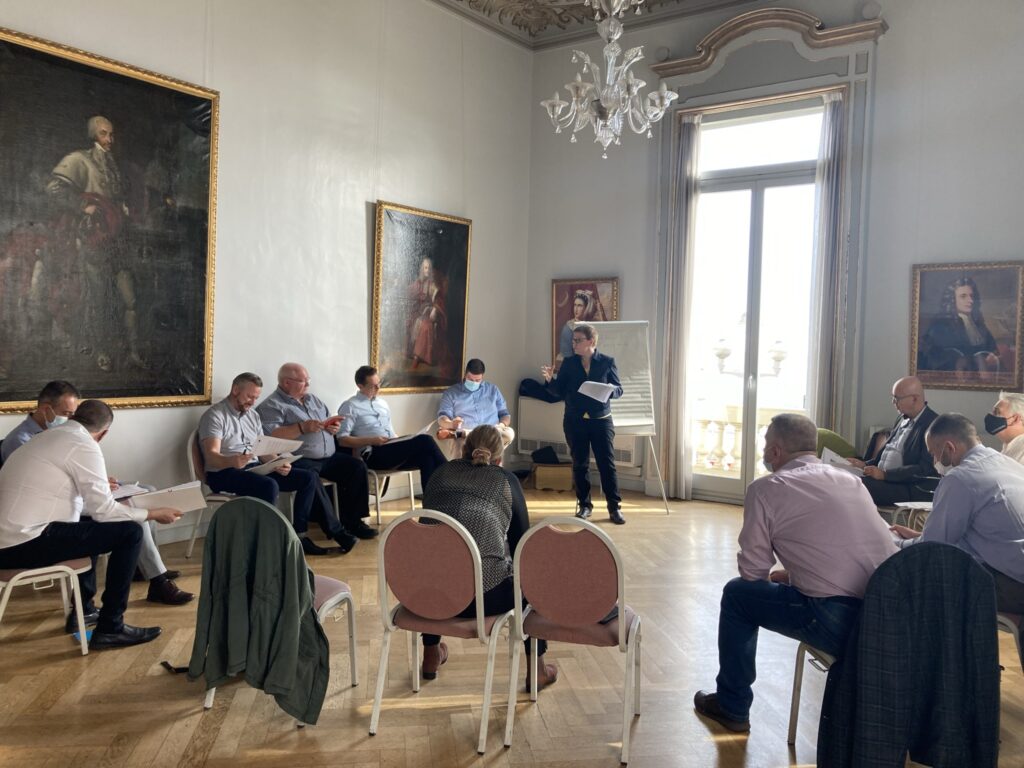
Cross-cutting innovative urban security policies
Participants also highlighted that innovation is not limited to technology-related solutions and that human presence is fundamental to build safer public spaces. Social innovation and community involvement can reinforce and consolidate public space security in the long term. Promoting natural surveillance combined with technological smart surveillance as well as adopting tailor-made solutions anchored in the characteristics of the local context are thus key to mitigate vulnerabilities in public space. Finally, the involvement of citizens is essential in the development of security policies in public spaces.
To illustrate this, participants were invited to discuss a fictional scenario, in which an unauthorised protest against pandemic-related restrictions was held in the main square of a city and turned into a violent confrontation with law enforcement. Participants had to draft innovative recommendations for local authorities on how to respond, mitigate and eventually anticipate this type of manifestation in a public space.

